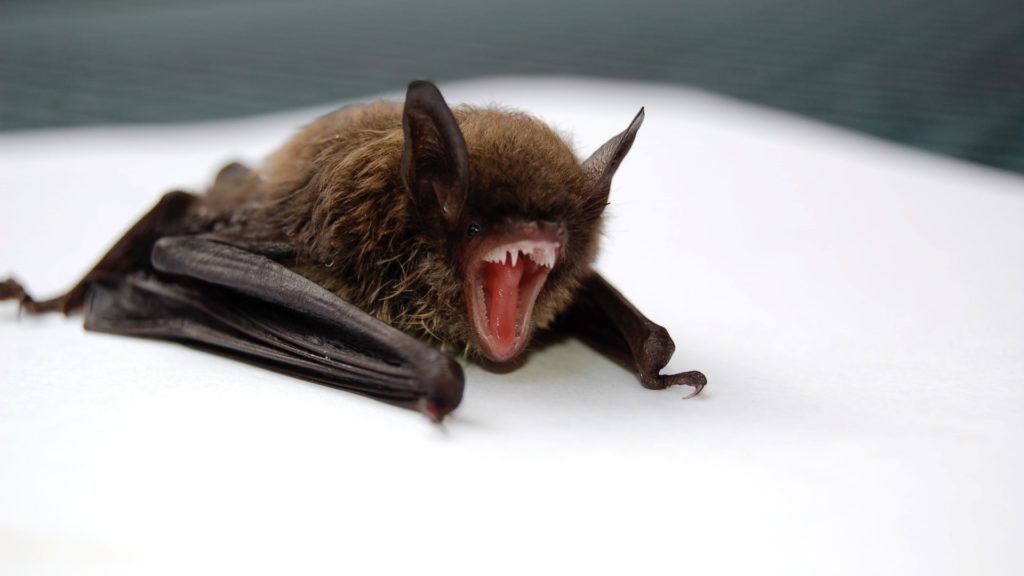In a post pandemic world, people are looking at bats with suspicion. There is currently no consensus that the virus which causes COVID-19 passed directly from bats to humans. So why are bats getting all the blame and why should people give them a chance?

COVID-19 is a new disease thought to be zoonotic in origin, meaning the virus first developed in an animal and has now crossed over to humans in what is termed a spillover event.
Current scientific opinion is that the virus most likely originated in horseshoe bats. However pangolins, the world’s most trafficked animal, have been named as a possible intermediary species.
In this context, there are two possibilities. Either the virus started in bats then moved directly to humans or it moved from bats to pangolins, and then finally on to humans.
But bats are getting all of the blame. Some members of the public are now bordering on hysteria when it comes to bats, with reports of bats being killed by the hundreds cropping up.
That isn’t to say pangolins should be blamed either. It is senseless to place blame for a naturally occurring disease on any wild animal and bats should not be scapegoated or demonised according to the Bat Conservation Trust.
Dr Kate Jones, a Professor of Ecology and Biodiversity at University College London said: “the underlying causes of disease spillover from wildlife is really rooted in our destruction of habitats and overexploitation of world species and of places.”
Because of human development, there are now less natural spaces for wildlife such as bats to be in which inevitably leads to more contact with humans. Bats might roost or forage in close proximity to human dwellings.

According to Professor Jones, who has herself contracted a zoonotic disease from a bat, zoonotic diseases in general are not more likely to originate in bats than any other animal.
The claim that bats carry more zoonotic diseases than other mammals comes from a Nature study which is often taken out of context.
Bats are not special when it comes to passing on disease, but they are in terms of the ecosystem services they provide such as polinating commercial crops like mango, date, banana, and agave which is used to make tequila.
Bats also promote biodiversity. They aid in seed dispersal and can reach more inaccessible places better than other species. They can therefore help reseed areas that are hard to get to such as remote islands.
In the UK, bats serve as bioindicators which means that changes in their behaviour or populations can be monitored to detect changes in the environment they inhabit.
var app_5eb0053a943c6700143f0c2d;(function(d, t){var s=d.createElement(t),options={“appId”:”5eb0053a943c6700143f0c2d”,”width”:”800″,”height”:”800″,”async”:true,”host”:”quiz.tryinteract.com”,”auto_resize”:false,”footer”:”show”};s.src=’https://i.tryinteract.com/embed/app.js’;s.onload=s.onreadystatechange=function(){var rs=this.readyState;if(rs)if(rs!=’complete’)if(rs!=’loaded’)return;try{app_5eb0053a943c6700143f0c2d=new InteractApp();app_5eb0053a943c6700143f0c2d.initialize(options);app_5eb0053a943c6700143f0c2d.display();}catch(e){}};var scr=d.getElementsByTagName(t)[0],par=scr.parentNode;par.insertBefore(s,scr);})(document,’script’);
